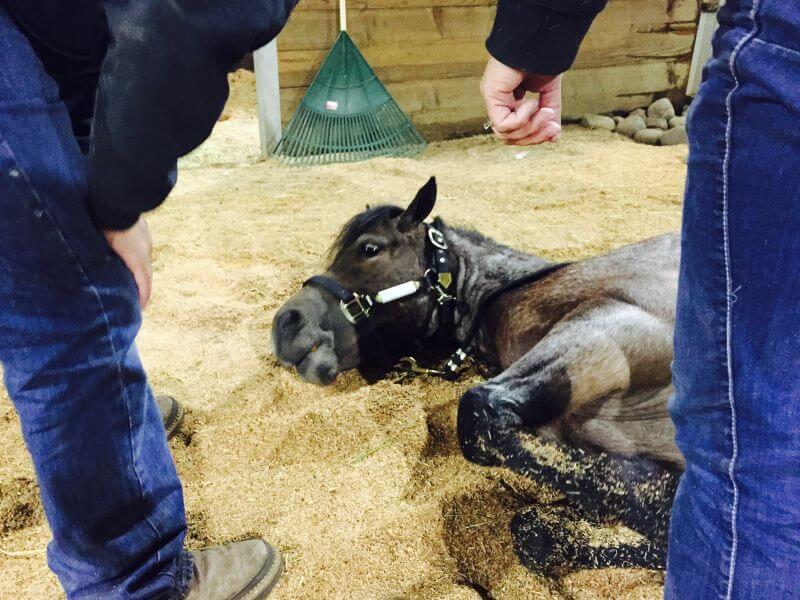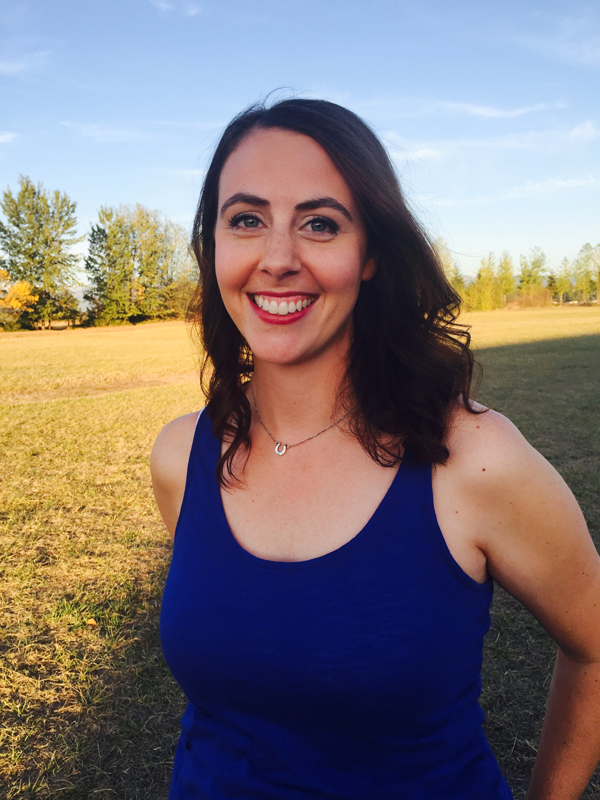Courses Teach Safe Rescue Techniques
By Theresa Rice

Have you ever helped a horse who was cast in its stall? Have you found yourself in a situation where a horse was trapped upside-down in a ditch? Or dealt with a horse who had waded into a bog and was stuck in the mire?
Horses have a knack for getting into serious trouble. But how much do we prepare ourselves for those catastrophes and how should we respond?
Dr. Rebecca Gimenez-Husted, along with her business partner Dr. Tomas Gimenez, helped establish Technical Large Animal Emergency Rescue (TLAER), a training and education program. Their combined educations in equine physiology and their interest in disaster preparedness, specifically how it pertains to safer rescue of horses and other animals, led them to establish the training curriculum.
While disaster preparedness is one aspect of Technical Large Animal Emergency Rescue, the training is not just for emergency responders and veterinarians. Equestrians, those working with large animals, and large-animal owners can all benefit from understanding the concepts and methods of TLAER. A natural disaster may seem like a remote possibility, but the skills gained in Dr. Gimenez-Husted’s class may be applied closer to home and sooner than you think.
Take for example a horse that goes down and can’t get up. Their bodies aren’t meant to spend long periods in the recumbent position, and ill effects can start after just one hour of the animal being unable to stand. After unsuccessfully trying to right the horse yourself or with your barn mates, you might think to call 911. However, you need to be prepared for the fact that emergency personnel may rely on you as the horse expert. The time to learn how to address an equine emergency is not in the middle of one. Consider the tools needed and possible solutions ahead of any emergency.
For example, if a horse falls in a deep hole is your first thought to get a sling around the animal and have it lifted out? The TLAER course provides guidance on how to properly fit lift straps so they don’t slip and the animal doesn’t inadvertently change position.
The importance of this skill was demonstrated in a video Dr. Gimenez-Husted shared during a training session in Australia. The video came from Saudi Arabia where a camel, sometimes valued even more than horses in the United States, fell in a well. As the rescue team lifted the camel from the water using ropes hooked to a front-loader, the weight of the animal’s chest shifted him forward in the sling and caused the animal to fall head first, and then upside-down, into the water of the well.
Trial and error during an emergency can mean life or death for the animal in distress. A panicked animal can also injure those intending to help it. For this reason, the course provides guidance on safe rescue practices to both help the animal and protect the rescuers.
In the case of a horse in a hole, the easiest thing to do, if possible, is to dig a ramp to the hole and walk the horse out. No sedation, no straps, no lifting. But if you’ve never considered the problem before, there’s no way to calmly think of all the possible solutions and arrive at the simplest and safest one. When your adrenaline is flowing, your logical reasoning can take a backseat to the emotions of seeing an animal in distress.
Here in the Northwest we are lucky to have two different opportunities to attend Dr. Gimenez-Husted’s Technical Large Animal Emergency Rescue training. The first session is scheduled for October 19 and 20 in Pendleton, Oregon as part of the Oregon Equine Summit. The second session is set for November 16 and 17 in Wilsonville, Oregon. The cost is $199 per person, with group discounts available. The sessions will cover topics related to emergency rescue of large animals and incident prevention as well as review the roles of veterinarians, owners, and emergency responders during an event.
Both courses are being hosted by Oregon Horse Council and you can register at oregonhorsecountry.com.
Published September 2019 Issue

Theresa grew up riding horses off and on throughout her life, finally fulfilling her dream of horse ownership in 2012. She is currently working on her first novel, inspired by her time spent working on a guest ranch in Arizona where she met her husband. They married in 2012. When not writing, you can find her riding her half-Arabian gelding, Gangster, or chasing after her two German Shepherds. website: www.sassinboots.com





